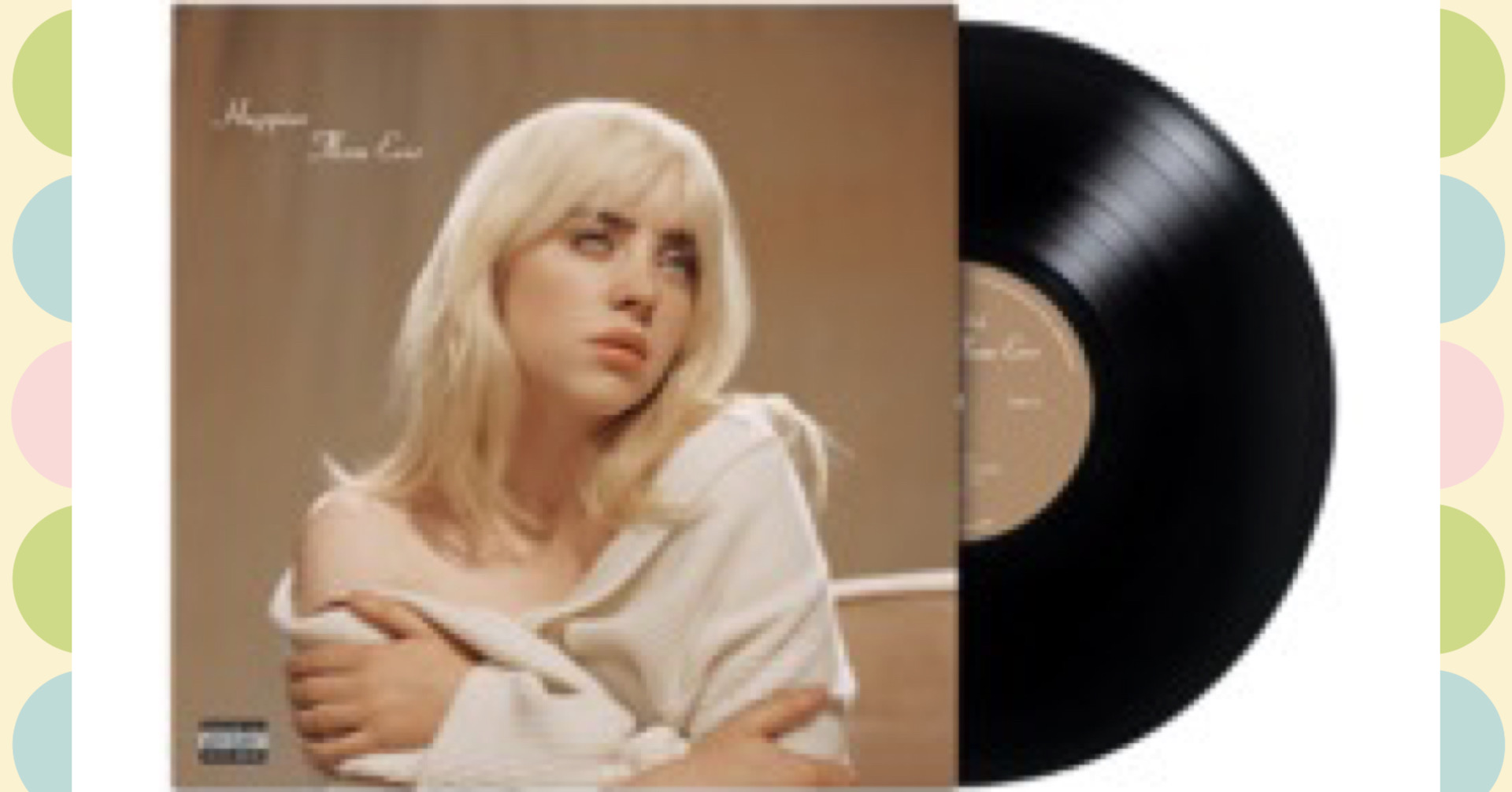(August 10, 2021). It’s not really news that Billie Eilish’s highly anticipated official followup to her Grammy-winning, megasmash 2019 album (When We All Fall Asleep , Where Do We Go?) has just debuted on the latest Billboard chart at No. 1.
But the manner in which it gets there is.
The new release, Happier Than Ever, debuted at No. 1 on the new Billboard 200 album chart dated August 14 with 238,000 album-equivalent units consumed. That figure includes streaming, digital downloads of individual tracks, and purchases of the entire album via download, CD, cassette (yes, they’re making a bit of a comeback too) and vinyl.
But it’s the contribution from that last configuration that is especially noteworthy.
Eilish’s Happier Than Ever sold 73,000 vinyl copies during its first week, which is the second-largest weekly sum this year behind Taylor Swift’s Evermore, whose vinyl sales were 102,000 for a one-week frame back in June.

The notable distinction is that Eilish’s vinyl sales occurred during her album’s debut week, while Swift’s came several months after her album’s launch (when they were finally made available after months of pre-orders).
In what represents a throwback to a time before the mid 1980s (when artists like Prince, Michael Jackson, Bruce Springsteen and Madonna ruled the charts), the 73,000 vinyl records that Happier sold far outweighed the number of CD and cassette versions of the album. For the record, the other sales configurations included 46,000 on CD, nearly 10,000 on cassette, and 24,000 by full-album downloads (from stores like iTunes and other online sites), according to Billboard. Streaming accounted for 84,000 units of Happier’s consumption, while downloads of individual tracks made up just over 1,000 of the album’s units (for the grand total of 238k).
Furthermore, those 73k vinyl units were enough to place the album at No. 1 even if you excluded the sales from all of its other configurations (including digital downloads and streaming). This week’s No. 2 album (F*ck Love by The Kid LAROI) had a total consumption of just 65,000 album-equivalent units.
The last time any No. 1 debut album had the distinction of selling more vinyl than either cassette or CD versions was long before Billboard adopted its current modernized sales tracking system. Since 1991, Billboard has used Nielsen MPC (formerly SoundScan) to digitally scan products’ barcodes for actual sales numbers (and configurations) instead of the old, outdated method of Billboard staffers phoning record stores or having them fax in ranked lists without any reporting of actual piece counts, which resulted in dozens of store lists that Billboard would then compile into its weekly album charts.
In fact, the last album to debut at No. 1 when vinyl was the primary configuration of choice happened in October 1976 when Stevie Wonder’s Songs in the Key Of Life did the trick.
It would be ten years before another album would enter the chart at the top: Bruce Springsteen & the E. Street Band’s Live 1975-85, which did so in November 1986. By then, however, cassette tapes were the primary means of album consumption in the U.S., and it is likely that Springsteen’s album sold more cassettes than vinyl (although Billboard has no accurate way of tallying the piece counts since it predated the SoundScan conversion).
Thankfully, the earlier outdated method of compiling charts went the way of the dodo bird – or the vinyl record – which, for the better part of the 1990s and into the 21st century contributed only a negligible amount to weekly album consumption totals, until recently.
Now vinyl’s continued growth has helped propel two albums to No. 1 this year – by Taylor Swift and now Eilish – both of which would have reached the top on vinyl sales alone.
Regarding vinyl’s comeback, it’s safe to say that what seemed to be a fad for niche record collectors more than a decade ago is becoming harder and harder to ignore as a key player in the record biz. For the first time in more than 30 years, since technology has been capable of tallying unit sales of both titles and configurations, vinyl now consistently outpaces all other forms of physical sales of records.
No one would have predicted in 1991 or even in 2000 at the peak of CD sales that someone would be able to say that about vinyl in 2021.
DJRob

DJRob (he/him) is a freelance music blogger from somewhere on the East Coast who covers R&B, hip-hop, pop and rock genres – plus lots of music news and current stuff! You can follow him on Twitter at @djrobblog.
You can also register for free to receive notifications of future articles by visiting the home page (see top for menu).


